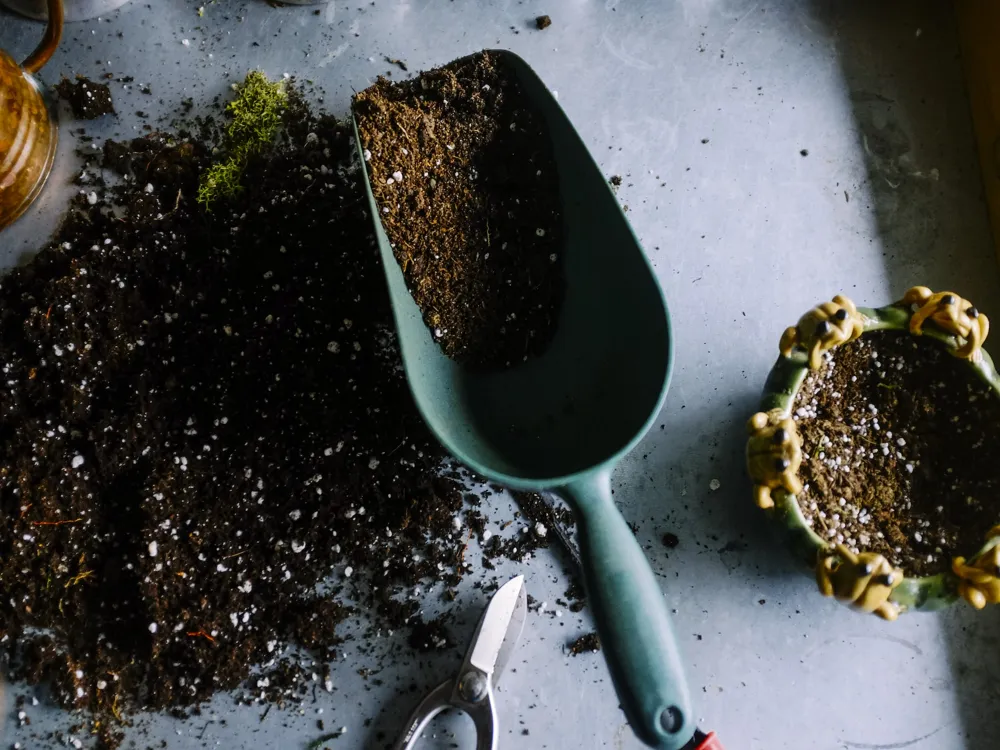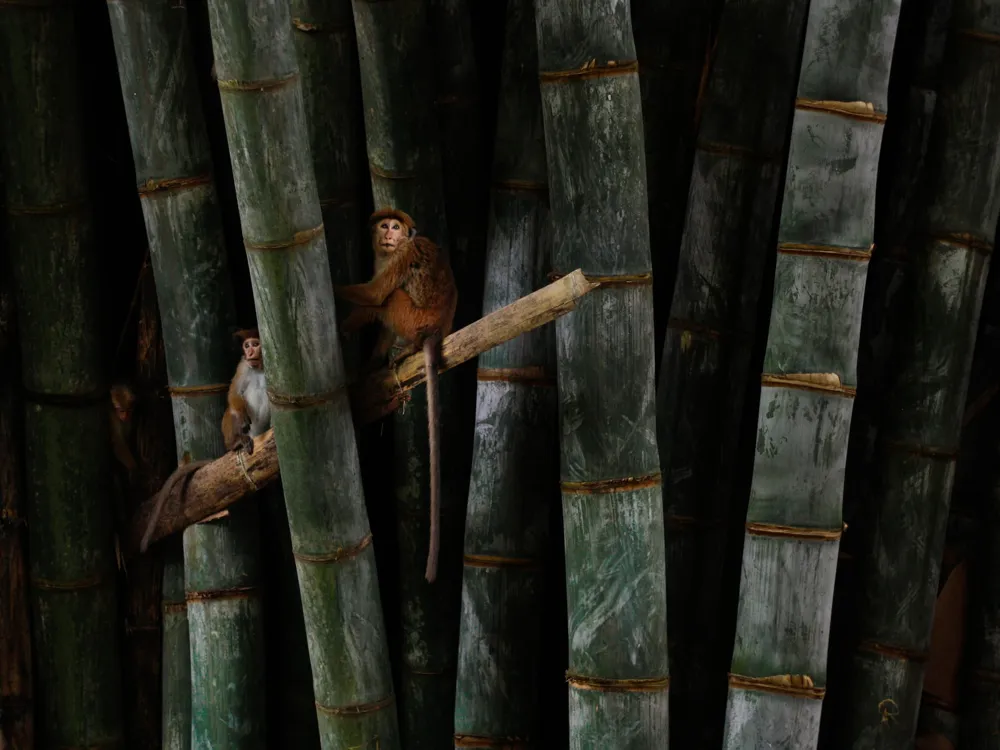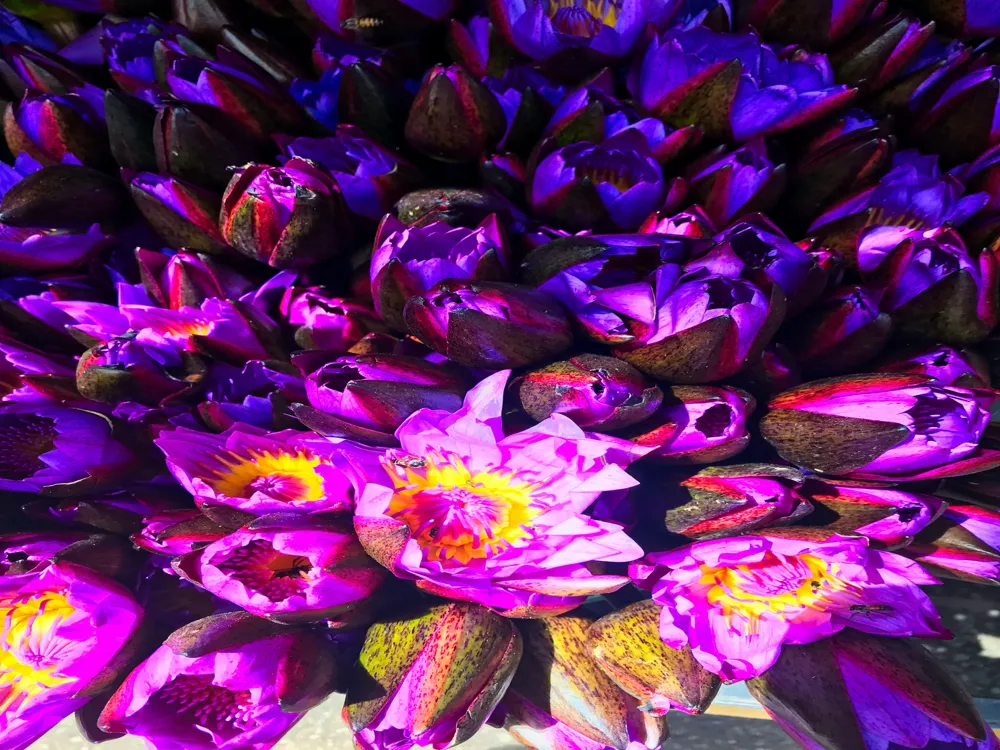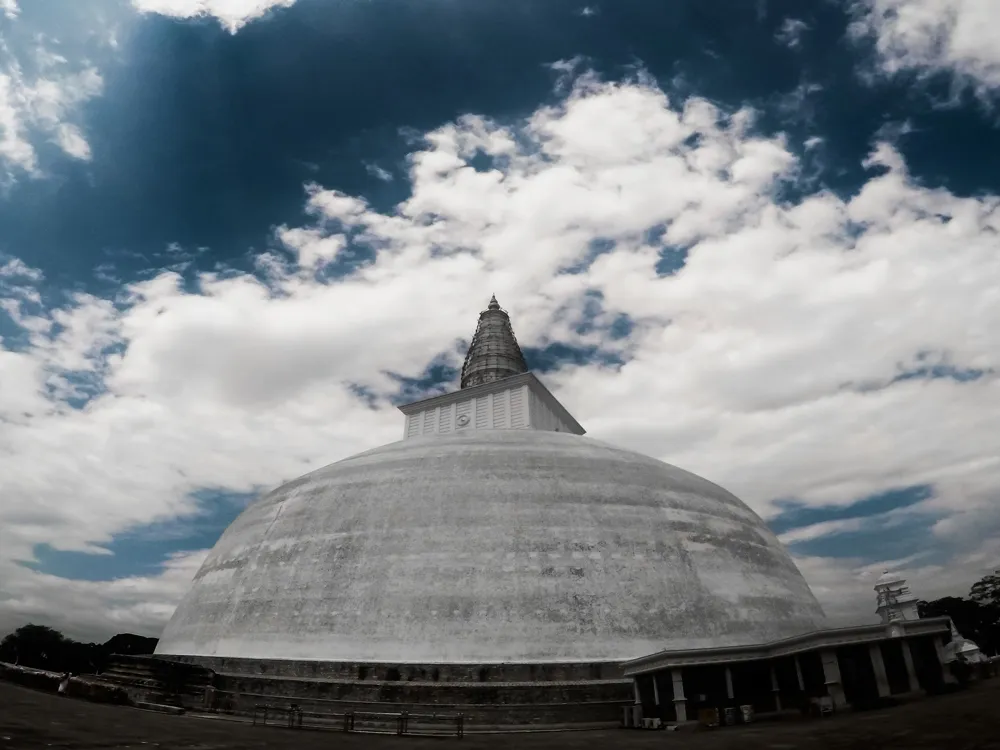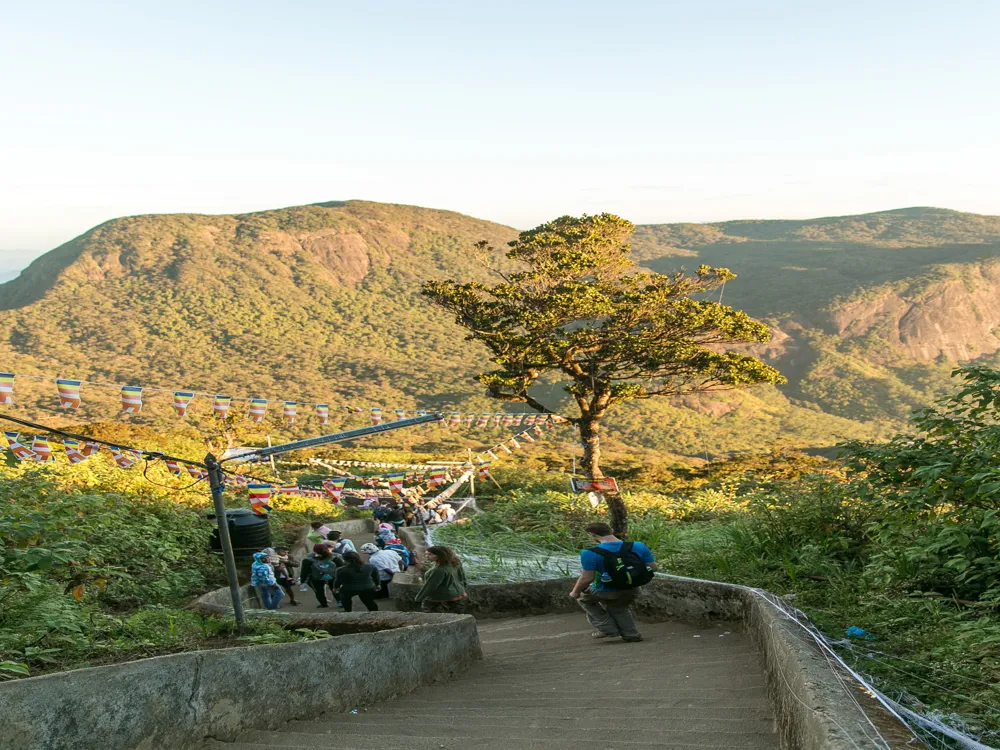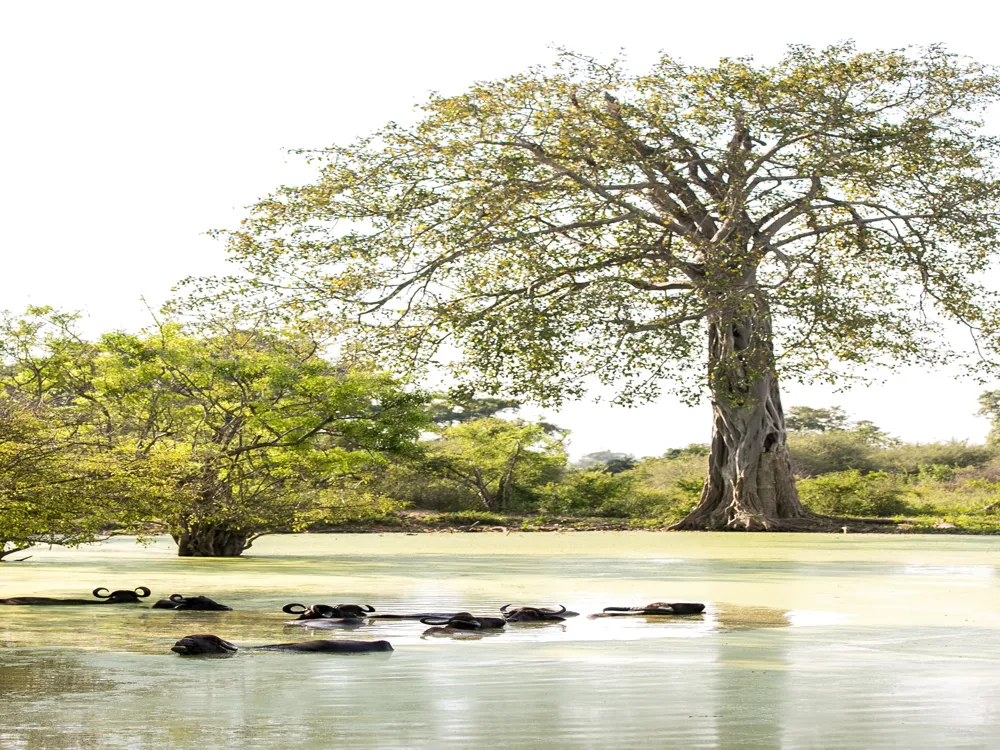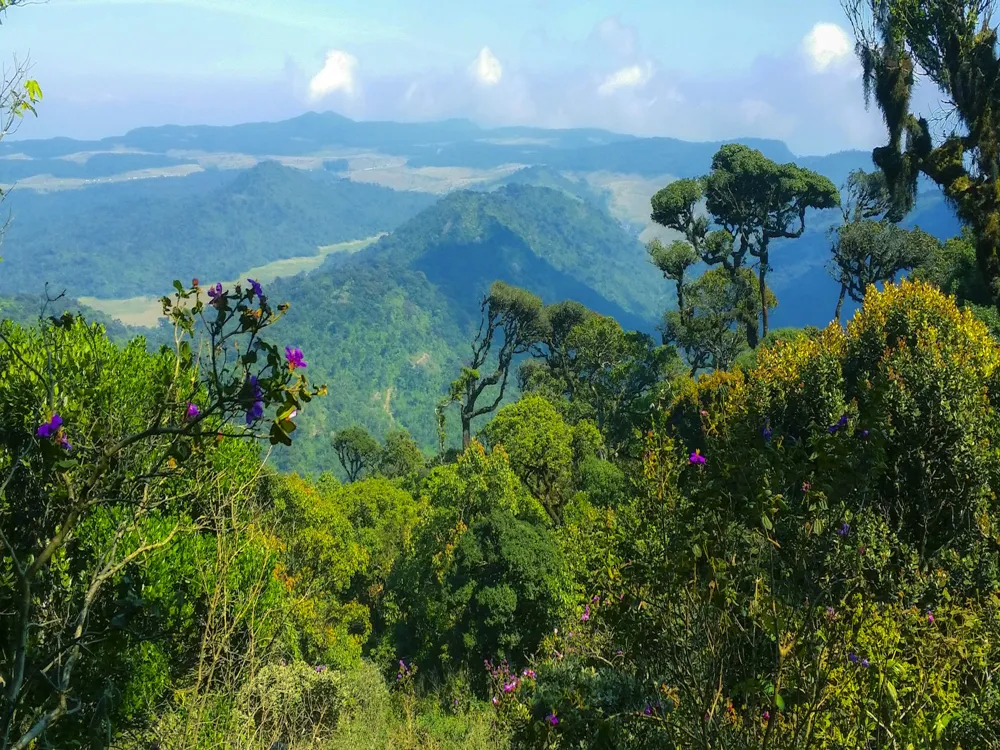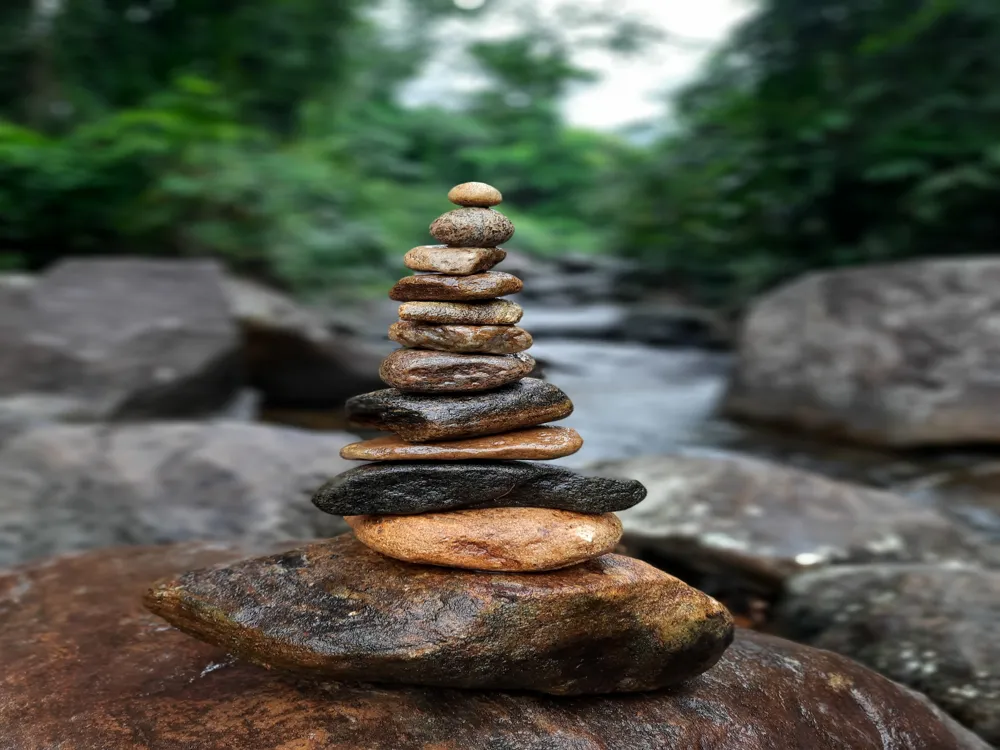Nestled in the heart of Sri Lanka, the Sirilak Spice and Herbal Botanical Garden in Kandy is a marvel of natural beauty and botanical diversity. This enchanting garden, spanning over vast acres, is a living library of spices, medicinal herbs, and exotic flora. Founded in the late 20th century, Sirilak Garden has become a hub for botanists, nature enthusiasts, and tourists alike, offering a serene and educational experience.
The garden's collection boasts a rich variety of over 400 species of plants, primarily focused on spices and medicinal herbs. These include globally renowned spices like cinnamon, cardamom, and nutmeg, as well as a plethora of indigenous herbs used in Ayurveda, the ancient system of medicine native to the Indian subcontinent. Visitors can explore the lush pathways, experiencing the aromatic scents and vibrant colors that make Sirilak a unique destination.
Beyond its botanical wealth, the garden plays a crucial role in conservation and research. It serves as a sanctuary for many rare and endangered species, aiding in their protection and study. Educational programs and guided tours are regularly conducted, offering insights into the world of spices and herbs, their cultivation, and their uses in cuisine, medicine, and industry.
The garden's design reflects the harmony between nature and human ingenuity. Its layout is a testament to the traditional landscaping techniques of Sri Lanka, seamlessly blending into the natural topography of the region. The winding paths, tranquil ponds, and strategically placed resting spots offer visitors a chance to immerse themselves in nature's embrace.
In addition to its natural offerings, the garden hosts cultural events and workshops, connecting people to the rich heritage of Sri Lankan spice trade and herbal medicine. The Sirilak Spice and Herbal Botanical Garden is more than just a garden; it is a journey through history, culture, and the wonders of the natural world.
The architecture of Sirilak Spice and Herbal Botanical Garden in Kandy is a harmonious blend of natural beauty and thoughtful design, embodying the essence of Sri Lankan landscape architecture. The garden's layout is strategically planned to highlight the diverse collection of plants while ensuring a sustainable and eco-friendly environment.
One of the key architectural features is the use of natural materials such as stone, wood, and traditional tiles in the construction of pathways, bridges, and pavilions. These materials are chosen for their durability and their ability to blend seamlessly with the surrounding landscape. The pathways meander through the garden, creating a sense of exploration and surprise, with each turn revealing a new vista or a hidden nook of plant life.
The garden's water features are another remarkable aspect of its architecture. Inspired by ancient irrigation techniques, these include cascading fountains, serene ponds, and gently flowing streams. They not only add to the aesthetic appeal but also play a vital role in maintaining the garden's microclimate, essential for the growth of many spice and herb species.
The architecture also emphasizes sustainability. Rainwater harvesting systems, organic farming practices, and the use of renewable energy sources are integral to the garden's design. This approach not only conserves resources but also serves as an educational tool for visitors, showcasing the possibilities of sustainable living.
The pavilions and viewing decks scattered throughout the garden provide spaces for rest and contemplation. Designed in traditional Sri Lankan style, they offer panoramic views of the garden and the surrounding landscape, allowing visitors to fully appreciate the beauty and tranquility of the setting.
In summary, the architecture of Sirilak Spice and Herbal Botanical Garden is a testament to the fusion of traditional practices and modern sustainability principles, creating a space that is both aesthetically pleasing and environmentally conscious.
The ideal time to visit the garden is during the cooler months from December to April, when the weather is pleasant, and the plants are in full bloom. Comfortable clothing and sturdy footwear are recommended, as you will be walking through nature trails. Don't forget a hat and sunscreen to protect against the sun. Opt for a guided tour to gain in-depth knowledge about the plants and their uses. The guides are knowledgeable and offer fascinating insights. Photography is allowed, so bring your camera to capture the stunning flora. However, respect the garden's rules regarding specific areas where photography might be restricted. The garden has a café offering refreshments. Trying herbal teas made from garden-grown herbs is highly recommended.
Sirilak Spice and Herbal Botanical Garden is accessible by various modes of transportation. For those staying in Kandy, it's a short drive from the city center. Public buses and tuk-tuks are readily available and offer an affordable way to reach the garden. For a more comfortable journey, visitors can hire a taxi or arrange a private tour. The garden's location is well-signposted, making it easy to find for those who prefer to drive themselves.
Overview of Sirilak Spice and Herbal Botanical Garden of Kandy
Architecture of Sirilak Spice and Herbal Botanical Garden
Tips When Visiting Sirilak Spice and Herbal Botanical Garden
Best Time to Visit
What to Wear
Guided Tours
Photography
Refreshments
How To Reach Sirilak Spice and Herbal Botanical Garden
Sirilak Spice and Herbal Botanical Garden
Kandy
₹ 13,368 onwards
View kandy Packages
Weather :
Tags : Farms & Plantations
Timings- : 8:00 AM – 5 PM
Planning a Trip? Ask Your Question
Kandy Travel Packages
View All Packages For Kandy
Top Hotel Collections for Kandy

Private Pool

Luxury Hotels

5-Star Hotels

Pet Friendly
Top Hotels Near Kandy
Other Top Ranking Places In Kandy
View All Places To Visit In kandy
View kandy Packages
Weather :
Tags : Farms & Plantations
Timings- : 8:00 AM – 5 PM
Planning a Trip? Ask Your Question
Kandy Travel Packages
View All Packages For Kandy
Top Hotel Collections for Kandy

Private Pool

Luxury Hotels

5-Star Hotels

Pet Friendly







